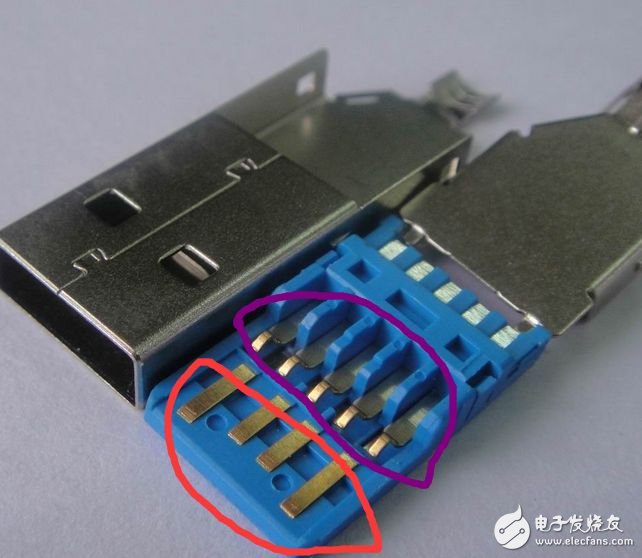The main technical points of USB 3.2:
1. Implement dual channel on existing USB Type-C data line
2, continue to use the existing SuperSpeed ​​USB physical transmission rate and technology
3. Some small specification updates ensure seamless switching between single and dual channels.
It is reported that USB 3.2 is fully backward compatible because it requires integration of USB 2.0 and USB 3.1 master.
In addition, starting with USB 3.2, Type-C will be the only recommended interface solution.
2GB/s! The USB 3.2 standard is officially completed: it will be Type-C in the future.
In terms of speed, using USB 3.2 host to connect USB 3.2 storage device, it can achieve 10Gb/s transmission speed of two channels, which is more than 2GB/sec.
If the desktop wants to upgrade to USB 3.2, you can use the PCIe expansion card, and the existing notebook has no solution.
USB3.0 is actually not compatible with USB2.0, so backward compatibility is impossible.
The USB 3.0 method is that the cable and the interface put the two modes of the line together. The following picture shows an example of USB3.0. The red circle is USB2.0, the purple one is USB3.0. If the host supports USB3.0, the USB3.0 line is used, otherwise the USB2.0 line is used.

On the host side, a USB3.0 Hub is used, which uses a similar interface. If it is a 2.0 device, go to EHCI (USB2.0 controller), otherwise it is XHCI (USB3.0 controller).
In fact, if both the host and the device support USB 3.0, the USB 2.0 cable is redundant.
Digital Clamp Meter ,Digital Clamp Multimeter,Clamp Meter,Ac Clamp Meters
YINTE TOOLS (NINGBO) CO., LTD , https://www.yinte-tools.com